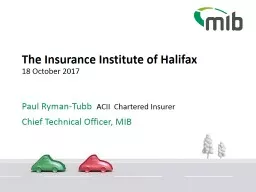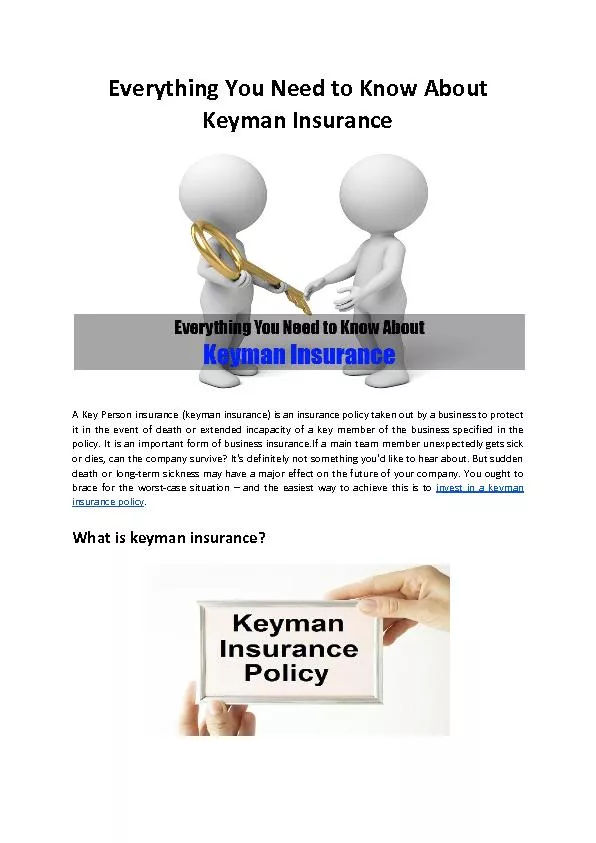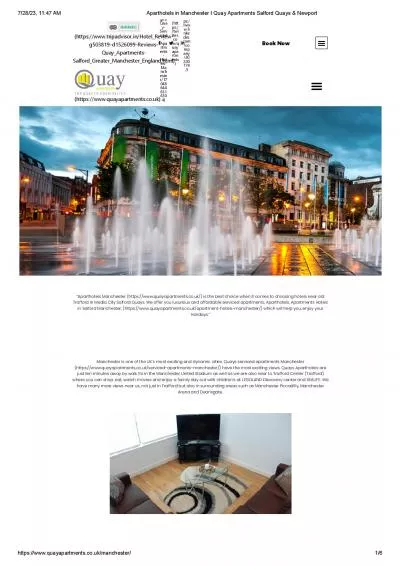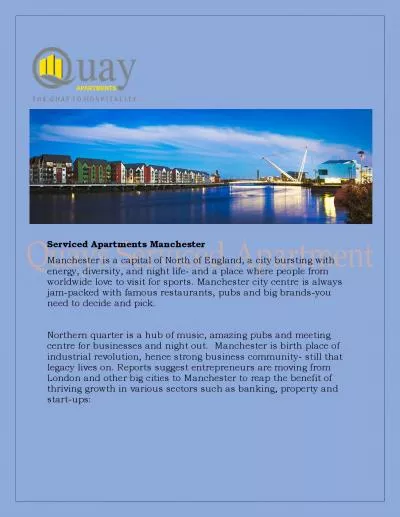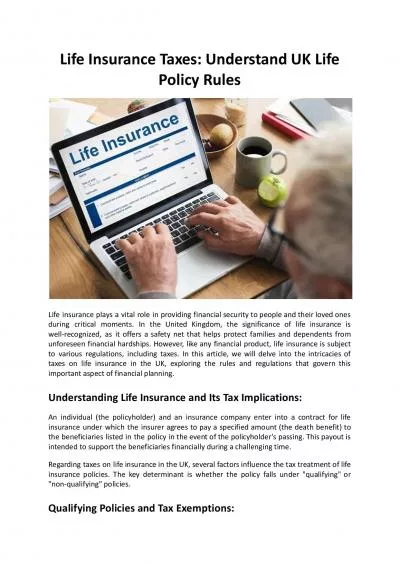PPT-Insurance Institute of Manchester
Author : pamella-moone | Published Date : 2017-03-28
Andrew Creedon Head of Client Relationships Flood Re 26 th October 2016 Contents 1 Reminder of the need for Flood Re 2 What is Flood Re 3 How is Flood Re funded
Presentation Embed Code
Download Presentation
Download Presentation The PPT/PDF document "Insurance Institute of Manchester" is the property of its rightful owner. Permission is granted to download and print the materials on this website for personal, non-commercial use only, and to display it on your personal computer provided you do not modify the materials and that you retain all copyright notices contained in the materials. By downloading content from our website, you accept the terms of this agreement.
Insurance Institute of Manchester: Transcript
Download Rules Of Document
"Insurance Institute of Manchester"The content belongs to its owner. You may download and print it for personal use, without modification, and keep all copyright notices. By downloading, you agree to these terms.
Related Documents



